Mim Kut Festival is a post harvest festival celebrated in Nagaland, North East India and also in other parts of Mizoram. The festival is celebrated and honored by the Kuki Nagas. It is one of the many popular festivals of Nagaland. The celebration is ostentatious and is of important essence to the Kuki tribe. It expresses exhilaration and triumphant over the harvest of Mim (Maize), which is the last harvest crop for the season. The festival celebrates the harvest of maize in particular. The Kuki people hold strong belief that the souls of their deceased ancestors rise from their graves and visit their family homes. The people offer tribute to the dead souls in form of wine that is naturally prepped from rice at every home. Other offerings include fresh vegetables, maize, bread made from maize and handmade symbolic jewelry. The dead souls are also worshiped by the villagers. The Mim Kut festival like most festivals of Nagas includes, tradition singing, dancing, playing musical instruments and proud display of culture.
History of the Festival
The Mim Kut Festival celebrates the annual harvest of the maize crop (Mim). The origin of the festival has its ties connected to the Kuki story of “Mim”. The original story explores the love and bond of two brothers when they were abandoned by their mother. Lendou and his younger brother shared a piece of Mim when their stomachs were wrought with hunger. It was Mim that got them through these hard times, brought them closer and taught them love. Mim is the last harvest of the year in the Kuki society. The people summon their deceased ancestors and pay their respects on this day. They offer tokens of maize, jewelry, clothing, bread and rice wine. Half of the harvest is dedicated and offered to the dead souls. It is customary to do so but not really mandatory. The souls of ancestors that have passed away are presumed to return to their homes during this festival. The festival has received wide recognition from the state and tourism department.
Duration of the Festival
The festival is observed in the later part of December after the crop is harvested. It is celebrated every year. The festivities are celebrated for about two consecutive holidays.
Highlights/ Important Rituals of the Festival
- The Kuki people carry out ceremonies to honor age old traditions of this important Kuki festival.
- They also pay homage to the souls of their deceased ancestors.
- There are extravagant dance performance and signing performed by cultural groups from different villages with a religious edge to them. Large traditional drums, long horns and other conventional instruments are used to produce a harmonized cacophous music.
- The Mimkut State festival allows people to join in the merriment and celebration of the Kuki society.
- The Kuki people exhibit their ethnic culture through art work that represents their roots..
- There are numerous games, contests, fashion shows, talent hunt, voice hunt and other fun competition and activities along with musical rock concerts, food stalls, fairs and sports.












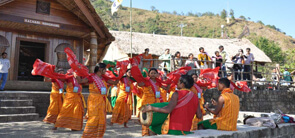
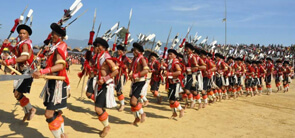



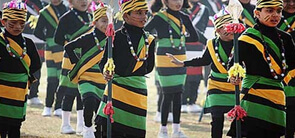



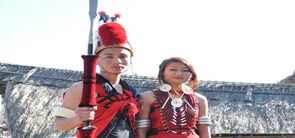
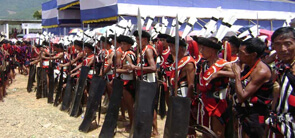
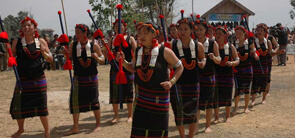


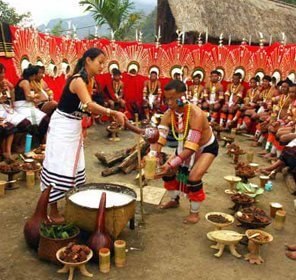

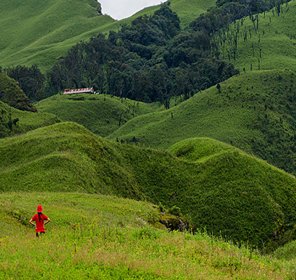

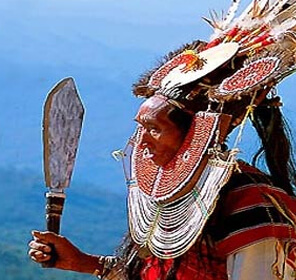

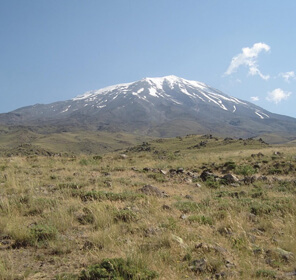


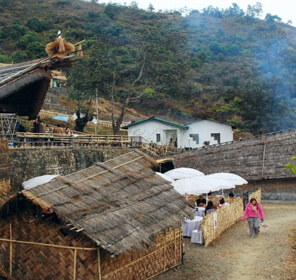


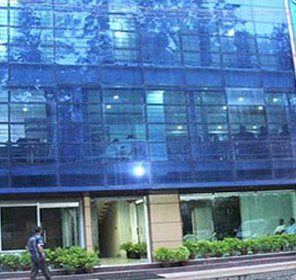




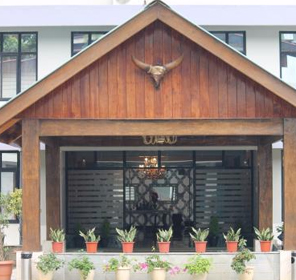
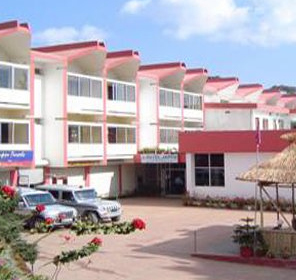


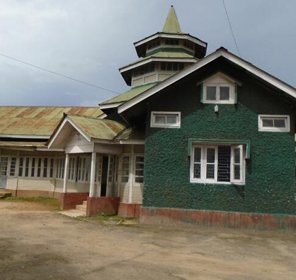


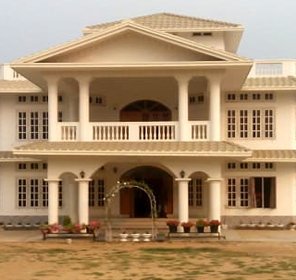







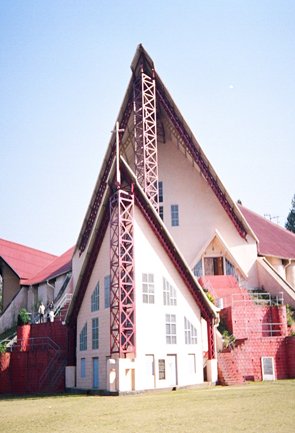
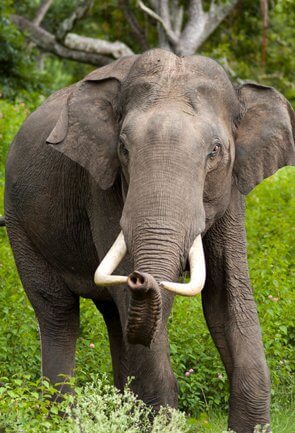

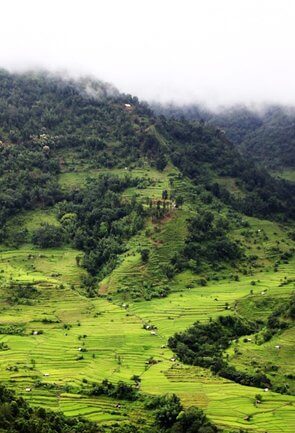
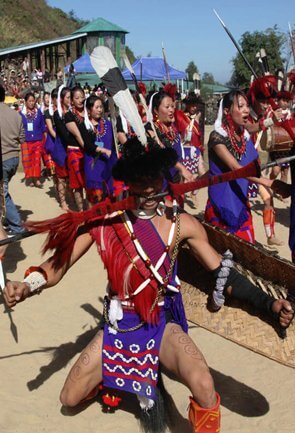
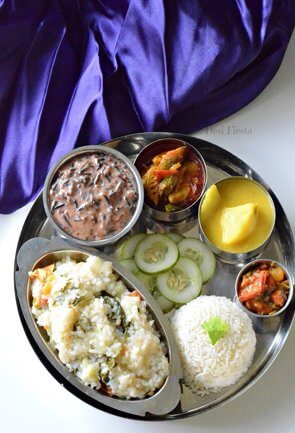


 Plan Trip
Plan Trip Call Us
Call Us Packages
Packages Home
Home